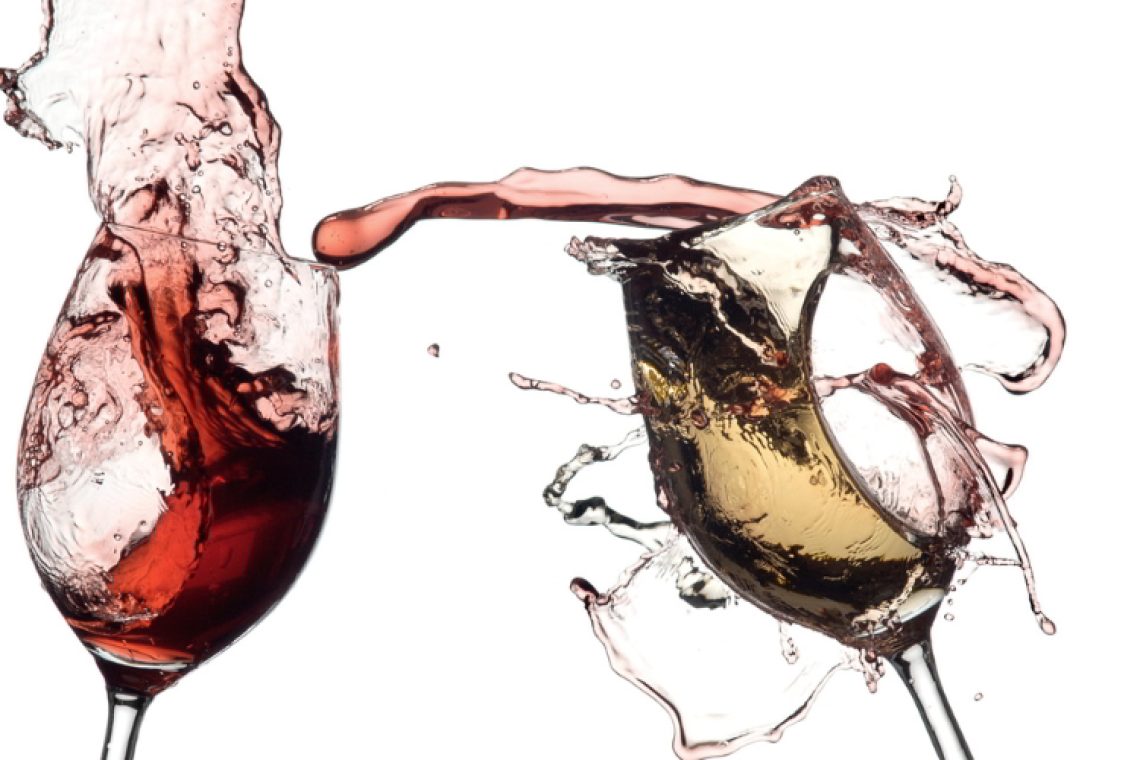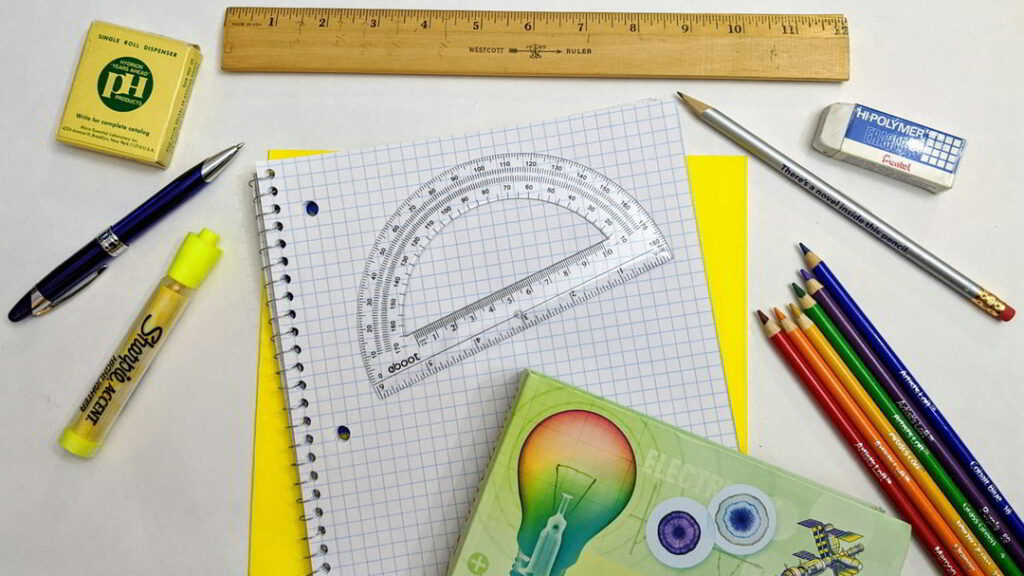Optimal enjoyment :
The right serving temperature for white and red wines
Whether an expensive Cabernet Sauvignon from Bordeaux, a Pinot Noir from Burgundy or a Riesling from the Luxembourg Moselle: wines only develop their full effect when they are served at the right, ideal temperature. For then the aromas emerge from the glass in full bloom.
It is a truism that white wines should be drunk colder than red wines. But not all white wines are the same, depending on the grape variety and style, they tend to be served cold or a little less cool, and there are also clear differences in red wines, some may be served a little cooler, others under no circumstances below 16 degrees Celsius. And of course sparkling wines, rosé wines and dessert wines also require the optimal serving temperature.
One can start from the principle that the serving temperature for light wines should be lower than for strong wines, it increases with density, alcohol and tannin content. But the difference is in the details…
How to cool that white wine?
White wines usually contain hardly any tannins, with the exception of the so-called orange wines, which have lain on the grape skin for some time during fermentation. Fresh white wines tend to be fine-phenolic, their aromas tend towards citrus fruits, stone fruits, flowers and blossoms, red fruits, honey or herbal notes, depending on the grape variety. White wines vinified in tanks thrive on their acidity, which gives them a pithy, crisp freshness.
To keep them light and fruity and not too heavy, they need cooler temperatures between 7 and 9 degrees; the crisp, tangy acidity is in balance with the other components. Uncomplicated, less complex white wines that have only been barrel-aged to a small extent can also be served quite cool.
Cold but not too cold
However, great white wine crus that have spent a longer time in barrel or barrique and have a finer, more polished acidity and a creamy texture would lose their aroma if served too cold. In general, white wines that have spent a long time maturing in the barrel should be drunk a little warmer; temperatures of 9 to 12 degrees are ideal, for example for a Chardonnay or a Pinot Blanc ‘élevé en barrique’.
But in principle, a very good, complex white wine, even if it has never been in contact with wood, can tolerate somewhat higher serving temperatures – this is called the enjoyment temperature. This is especially true for slightly older white wines that have developed secondary or even tertiary aromas in the bottle. Because a wine served cold has a disadvantage: if the temperature is too low, complex aromas are lost… For example, there are Riesling fans who prefer to enjoy an already somewhat mature Cru only very slightly chilled.
Chilling is the order of the day
White wine bottles that have not been kept in the refrigerator can be brought to the desired temperature quite quickly. The fastest method is to chill them in the freezer within 60 to 90 minutes, but this method is not elegant. It is better to cool them in so-called champagne coolers, in which you put plenty of ice cubes. Therefore, it’s never a bad idea to store a bag or two of ice in the freezer.
Of course, wine climate control units are also a good choice, but they are more for long-term storage of more expensive bottles. Such a cabinet is an investment that real wine lovers should afford. An alternative are wine-serving cabinets (like those in restaurants), with different temperature zones in one unit.
And now for the red wine…
An important factor that distinguishes red wine from white wine are the tannins, which come from the seeds and skins of the grapes. They give the wine structure, flavour and ageing potential, but at low temperatures they can make it taste too bitter and discordant, especially when it is still very young.
Red wines also contain more phenols, which together with the alcohol give the wine its fullness. Warmer temperatures support the bouquet and flavour with more complexity and intensity, but if the temperature is too warm, the alcohol is overemphasised and the wine seems hot, burnt.
It’s all a question of balance
But as with white wines, the ideal serving temperature depends on the different grape varieties and the style of a wine. Fresh red wines that have only been in contact with the grape skin for a short time, have had no contact with wood and are already on the market after a few months, such as a light Luxembourg Pinot Noir, a Tavel from the Rhône or a Merlot from the Dolomites, tolerate cooler serving temperatures around 14, 15 degrees.
But the heavier the red wine and the longer it has been in contact with the wooden barrel, the higher the ideal serving temperature rises. Let’s take Merlots from what is probably the perfect growing region for this variety, the ‘Rive Droite’ in Bordeaux, namely the Pomerol and Saint-Emilion appellations. Top crus like Château Trotanoy or La Mondotte, which are compact and complex and taste lusciously of chocolate and black fruits, are drunk at 17 to 18 degrees. But there are also many lighter Merlot crus within these appellations that taste more of red fruits and can be drunk a little cooler. It’s all a question of balance.
Top crus and really heavy red wines from varieties such as Tannat (which is at home in the French southwest, in Madiran, among others) need a lot of air and time to fully develop in the glass anyway. In the process, they automatically take on room temperature.
Further articles

















